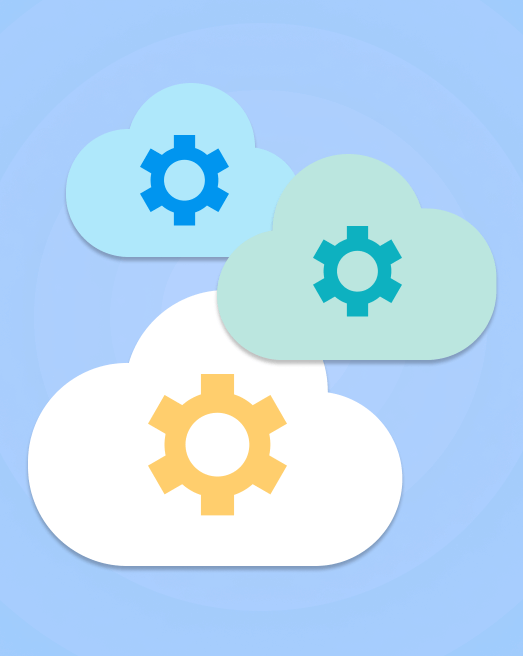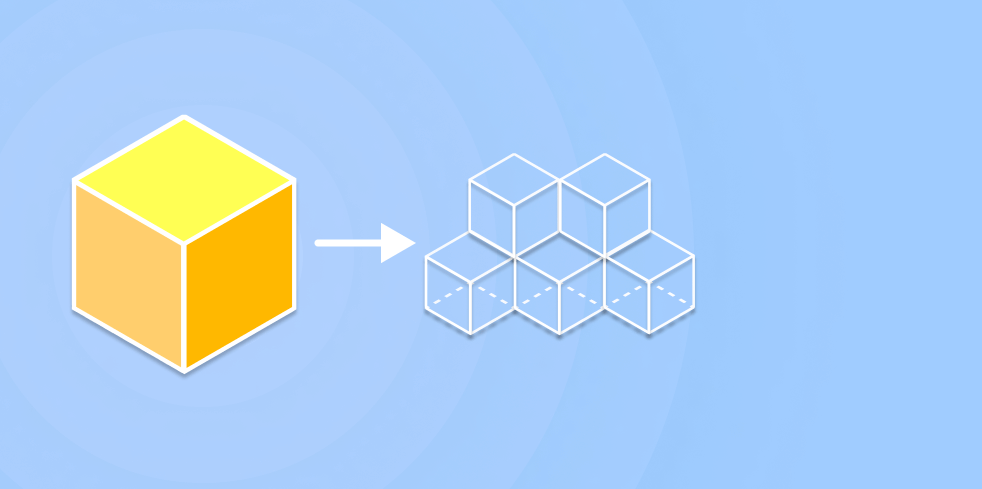Businesses are continuously evolving with the ever-changing trends in the market marking digital transformation as a mandatory task for business growth. To fit in the circle of rapid innovation, businesses are looking forward to redesign their applications to comply with latest technology and designs. This digital transformation has pushed businesses to gain benefits of the latest technology such as Microservices, DevOps, Artificial Intelligence, cloud, and many more
Challenges Before The Advent Of Microservices
Before the familiarity of Microservices in the market, Monolithic architecture played a predominant role. Monolithic architecture is like a big container wherein all the software components of an application are assembled together and tightly packed. It functioned as a tightly coupled software where each component along with its associated component must be present in order to execute or compile the code. Here, a server side application which executes a domain specific logic will retrieve an update data from the database and at the same time populate the HTML views to be sent to the browser.
Suppose you have an application where the client browser has customer service, cart service and product services which when deployed forms a single monolithic application. This application is easy to deploy, launch and simple to scale. But there is a glitch in the comfort zone of monolithic architecture
The Right Time to Quit Monolithic Architecture
Slow Development - The large and complex applications developed as a result of monolithic architecture slows down the development due to modularity breaches which can be difficult to understand on how to correctly implement a change and hence the quality of code declines over time. Strenuous update - As the application grows, the application becomes difficult to understand and modify because multiple teams are working on it and the codebase is entirely large. Now suppose if I have to update card services, then I will have to redeploy the application including customer service and product service. This increases the risk associated with redeployment and discourages frequent updates
Unscalable- Each copy of the application instance will get access to all data making caching less effective thereby increasing memory consumption. The application thus developed is less scalable because different app components have different requirements. For example- One component might be CPU intensive and other memory intensive
Unreliable and Inflexible - The tightly coupled component makes it unreliable because if one goes down, the entire system will fail to run. Monolithic architecture makes it difficult for an application to adopt new frameworks and languages.
Why Microservice?
Microservices is an architecture style that structures an application as a collection of small autonomous services, modelled around a business domain. Earlier all the components were in the same module but now in microservices all the components being in different modules communicate with each other using a well defined interface usually rest or messaging. The self contained process avails different and unique capabilities and multiple services are possible by communication through APIs. Each microservices will focus on one single business capability which leads to better quality and throw. The data is federated because all the components have their own instances, own data model and own data.
Microservices to Enhance Application
In microservice, services are small, independent and loosely coupled because each service has a separate code base managed by a small development team and can be deployed independently. Hence the team can update the existing services without rebuilding an entire application. internal implementations of each service are hidden from each other since they do not share the same framework or library or technology. The management components are responsible for placing services on nodes,identifying failures,and rebalancing services across nodes.
Service discovery component maintains the list of services and which nodes they are located in. The API gateway acts as an entry point for clients where API gateway forwards the call to the appropriate services on the backend and aggregate the results from various services and return the aggregate response.

The Right Time to Quit Monolithic Architecture
Small Focused - The “simplicity” feature of microservices helps the development team to maintain the application without any extra effort.
Loosely Coupled - The development and deployment in case of microservices are quick
Language neutral- In an application, few services can be written in Python for fast deployment, whereas few can be written in Java for its speed and extensive libraries. Hence, microservices act as language neutral and overcome the barrier of language
Bounded Context - Each microservice does not need to understand the implementation of other microservices
The Right Time to Quit Monolithic Architecture
- Independent Development
- Independent Deployment
- Fault Isolation
- Mixed technology stack
- Granular scaling
Improving your App Performance with Microservice
To improve your application’s performance we follow the following guidelines-
Patch management - With a well-defined comprehensive patch management, cloud platforms and third party applications are protected against vulnerabilities. Patch deployment is easy and faster with microservices
Simpler code structure - Since code is divided into particular executable components, a single development group takes the complete responsibility of running the code
Functionality- Microservice has the capacity to handle a defense-in-depth strategy thus protecting the application from attacks making it harder to access the non-user-accessible functionality.
Load balance - This improves the performance of applications by distributing the traffic across a number of servers. Load balancing increases the availability and reliability of architecture by using multiple resources than a single component
Caching- Caching delivers content faster to clients. It involves processing content for faster delivery, storing content closer to the user and processing content on faster deliveries
API gateways - Custom API for every application, result in faster and easier application writing process
Hence, the performance improves drastically due to faster deployment, scalability, flexibility and operation efficiency. We successfully migrated Empact, a B2B (business to business) financial and accounting solution application, that provides services to customers by taking care of tax reports for domestic exports/imports, from monolithic to microservices by setting up a microservices environment. We used AWS services to autoscale, autoheal and load balancing inside microservice container service. Our application, Plantika is an innovative SaaS based project for planning mobile and web-based applications. This ‘on-demand software’ allows users to connect and use cloud-based apps over the Internet which makes it easy to mobilize your workforce. We provide a complete software solution for various companies offering products and services so that they can manage their team effectively.Microservices paves a way for organizations to excel
Similar Blogs

5 Mobile App Development Trends
We have come a long way since those old apps. Mobile Applica Read more















